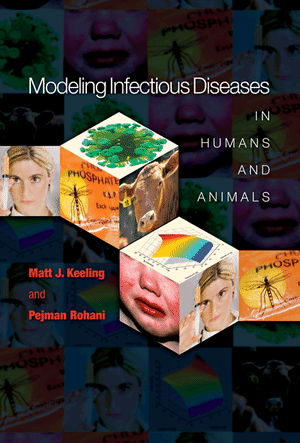| βi |
is the basic transmission
rate for strain i.
|
| σi |
is the rate at which individual
move from the exposed to infectious class.
|
| γi |
is the
recovery rate for strain i.
|
| δi |
is the rate at which individuals
leave the quarantine class.
|
ν
|
is
the per captia birth rate
|
μ
|
is the per capita death rate.
|
| ρi |
is
the probability of infection-induced mortality |
| φi |
is the
co-infection probability |
| ξi |
is
the temporary immuno-suppression/cross-immunity |
| αi |
is the permanent
immuno-suppression/cross-immunity |
| ψi |
is
the differential infection-induced mortality |
| N |
is
the population size, set equal to 1.
|
S(0)
|
is the initial proportion
susceptible to both strains.
|
Ei(0)
|
is the initial proportion
exposed to strain i, but no
history of the other strain
|
Ii(0)
|
is the initial proportion
infectious with strain i, but
no history of the other strain |
Ci(0)
|
is
the initial proportion
convalescing with strain i,
but no history of the other strain |
Ri(0)
|
is the initial proportion who
have previous experienced infection with strain i
|
R12(0)
|
is the initial proportion who
have previously been infected with both strains.
|
εi(0)
|
is
the initial proportion who are exposed to strain i, irrespective of their history
with the other strain.
|
λi(0)
|
is the initial force of
infections due to strain i.
|


